Bananas are one of the most widely consumed fruits across the world. Known for their sweet flavor, convenient packaging (their peel!), and rich nutritional value, bananas are a daily staple for millions — whether enjoyed fresh, blended into smoothies, or cooked into various dishes. But have you ever wondered which country produces the most bananas globally?
While bananas are grown in over 150 tropical and subtropical countries, one nation has consistently outpaced the rest. India holds the top spot as the world’s largest banana producer. In this article, we’ll explore why India is famous for banana cultivation, how it compares to other top-producing nations, and the importance of this humble fruit to the global economy.
A Global Glimpse of Banana Production
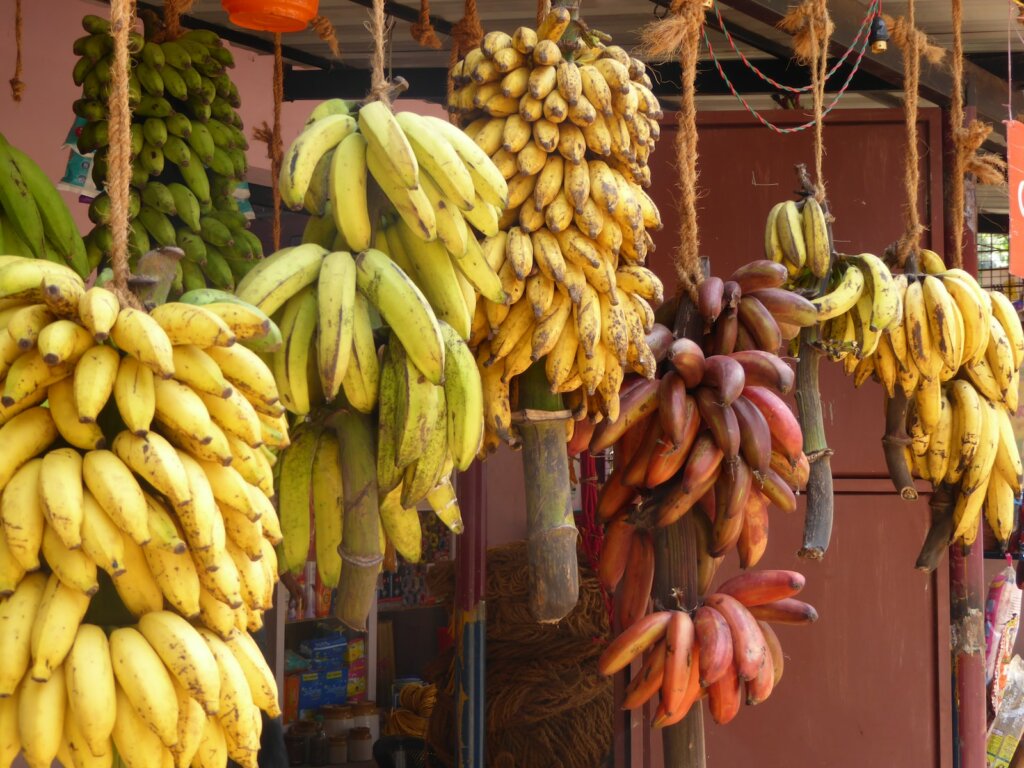
According to data from the Food and Agriculture Organization (FAO), total global banana production exceeds 135 million metric tons annually. Bananas thrive in warm, humid tropical climates and are particularly vital in regions of Asia, Africa, and Latin America.
Not only are bananas one of the world’s most traded fruits, but they’re also essential for local food security in developing nations, providing a crucial source of calories, vitamins, and minerals for millions of families.
India: The Banana Capital of the World
Annual Production: Over 34 million metric tons
Global Share: Approximately 25–26%
India’s dominance in banana production is remarkable, contributing more than a quarter of the world’s total. Despite being a massive producer, India consumes the majority of its bananas domestically, making it both the largest producer and consumer globally.
Where Are Bananas Grown in India?
Bananas are cultivated across various Indian states, with key production hubs including:
- Maharashtra (the top-producing state)
- Tamil Nadu
- Karnataka
- Andhra Pradesh
- Gujarat
- Bihar
- Assam
The region around Jalgaon in Maharashtra is especially notable, often nicknamed the “Banana City of India” due to its high-density plantations and massive output.
Popular Varieties in India
India cultivates a wide range of banana varieties suited to different climates and culinary uses. Some of the most popular include:
- Dwarf Cavendish — Sweet and commonly eaten fresh.
- Robusta — Large-sized bananas with firm texture.
- Grand Naine — Popular in export and domestic markets.
- Rasthali, Nendran, Poovan — Regional specialties used in local dishes and sweets.
Why India Leads in Banana Production
Several factors contribute to India’s impressive banana output:
- Ideal Climate: The tropical and subtropical regions of India provide the perfect temperature, humidity, and rainfall conditions for banana cultivation.
- Year-Round Production: Unlike temperate crops, bananas in India are grown and harvested throughout the year, ensuring a continuous supply.
- Large Farming Areas: India has vast areas dedicated to banana farming — both large-scale commercial farms and smallholder plots.
- Government Support: Policies promoting horticulture, subsidies for irrigation equipment, and support for improved sapling varieties have boosted productivity.
- High Domestic Demand: With bananas deeply embedded in Indian cuisine, religious offerings, festivals, and street food, local consumption remains incredibly high.
Other Major Banana Producers Worldwide
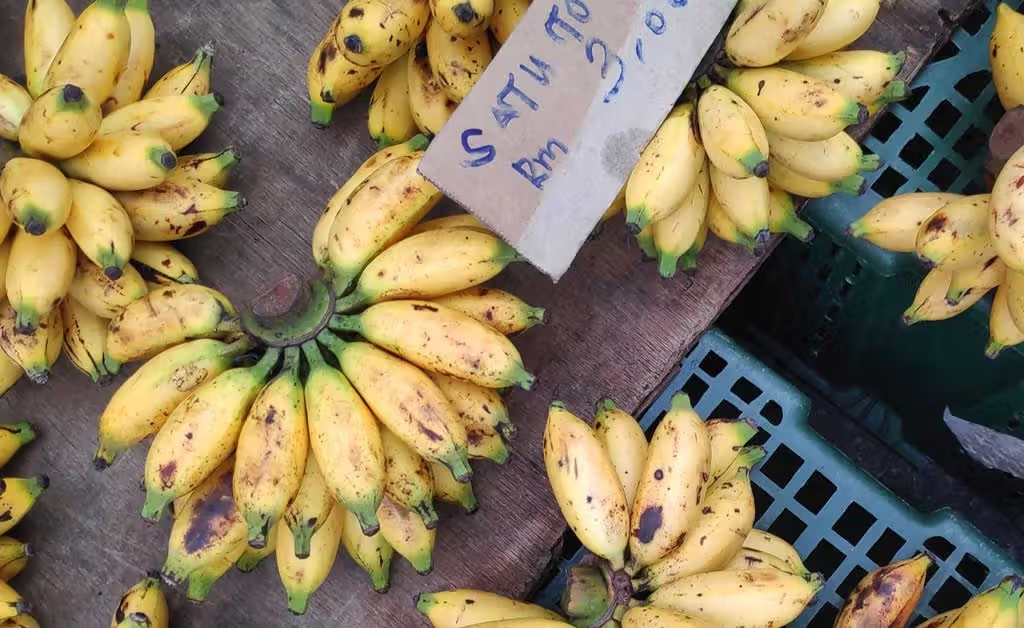
While India leads globally, several other countries play vital roles in banana cultivation, often focusing more heavily on export markets.
China — Second-Largest Producer
Annual Production: Around 12 million metric tons
China’s banana farms are primarily concentrated in Guangdong, Guangxi, and Hainan. While much of its production is consumed locally, China has increasingly invested in modern farming techniques and disease-resistant varieties.
Indonesia — Third-Largest Producer
Annual Production: Around 9.2 million metric tons
With its fertile volcanic soil and tropical climate, Indonesia grows a variety of bananas, including Pisang Raja, Ambon, and Cavendish. Most bananas are consumed domestically, although export numbers have been growing steadily.
Nigeria — Leading African Producer
Annual Production: Around 8 million metric tons
Bananas and plantains are staple crops in Nigeria, vital for food security and rural livelihoods. While most bananas are consumed locally, there’s a growing focus on improving quality for regional trade.
Brazil — Top Latin American Producer
Annual Production: Around 6.9 million metric tons
Though not as export-oriented as Ecuador or Costa Rica, Brazil produces bananas for its large domestic market. The states of São Paulo, Bahia, and Minas Gerais lead in production.
Ecuador: The World’s Top Banana Exporter

It’s important to note that while India is the largest producer, Ecuador holds the title for the largest banana exporter globally.
Annual Production: Around 6.5 million metric tons
Ecuador supplies roughly 30% of the world’s exported bananas, mainly shipping to the United States, European Union, and Russia. The country’s economy heavily relies on banana exports, alongside oil and seafood.
Top 10 Banana Producing Countries (2023 Estimate)
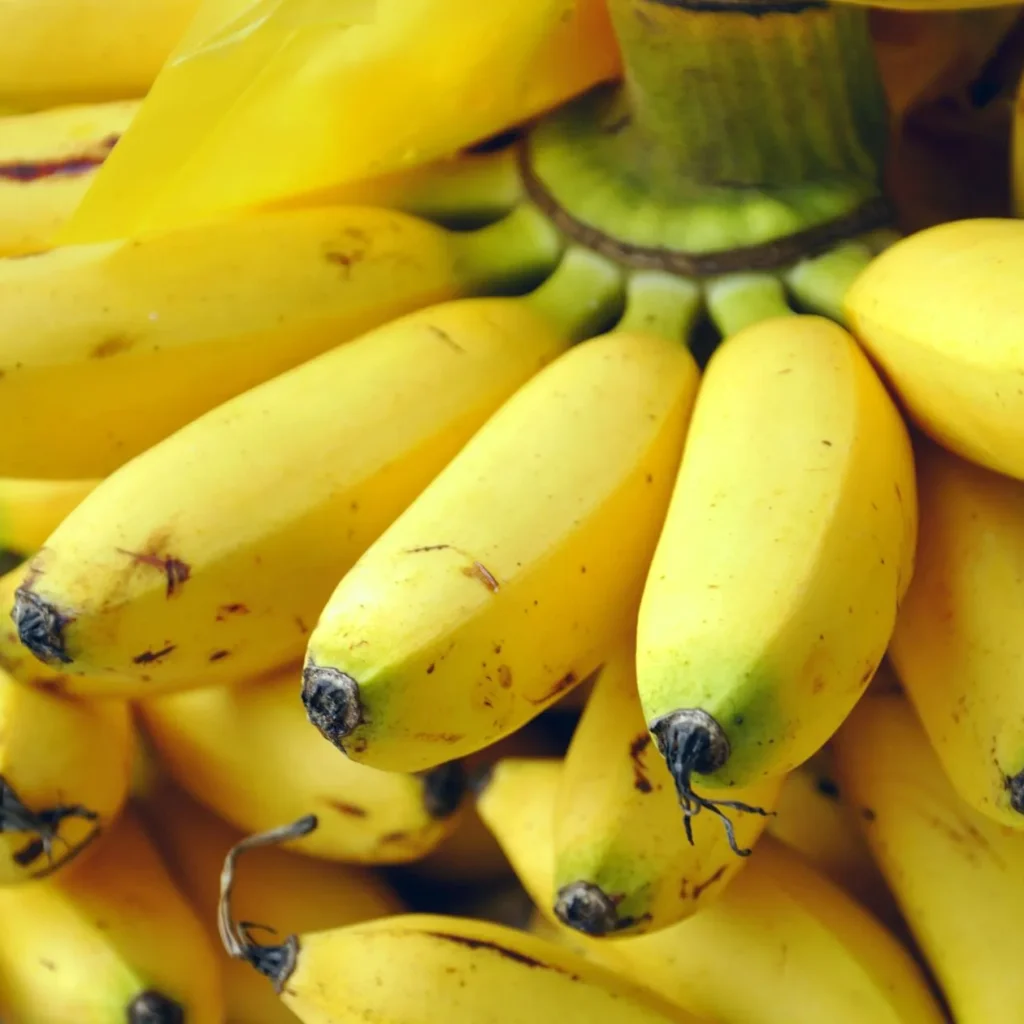
| Rank | Country | Production (Million Metric Tons) |
|---|---|---|
| 1 | India | 34.5 |
| 2 | China | 12.0 |
| 3 | Indonesia | 9.2 |
| 4 | Nigeria | 8.0 |
| 5 | Brazil | 6.9 |
| 6 | Ecuador | 6.5 |
| 7 | Philippines | 5.9 |
| 8 | Guatemala | 4.8 |
| 9 | Angola | 4.0 |
| 10 | Tanzania | 3.4 |
The Economic and Cultural Importance of Bananas
Bananas aren’t just a popular snack — they’re a critical crop for millions of farmers worldwide, particularly in tropical regions.
- Employment: Bananas support millions of smallholder farmers and laborers globally.
- Export Earnings: In countries like Ecuador, the Philippines, and Guatemala, bananas are major export commodities.
- Food Security: As a calorie-rich, nutrient-dense food, bananas are essential in combating hunger and malnutrition.
- Cultural Significance: In India and Southeast Asia, bananas are integral to religious rituals, festivals, and traditional medicine.
Challenges in Banana Production
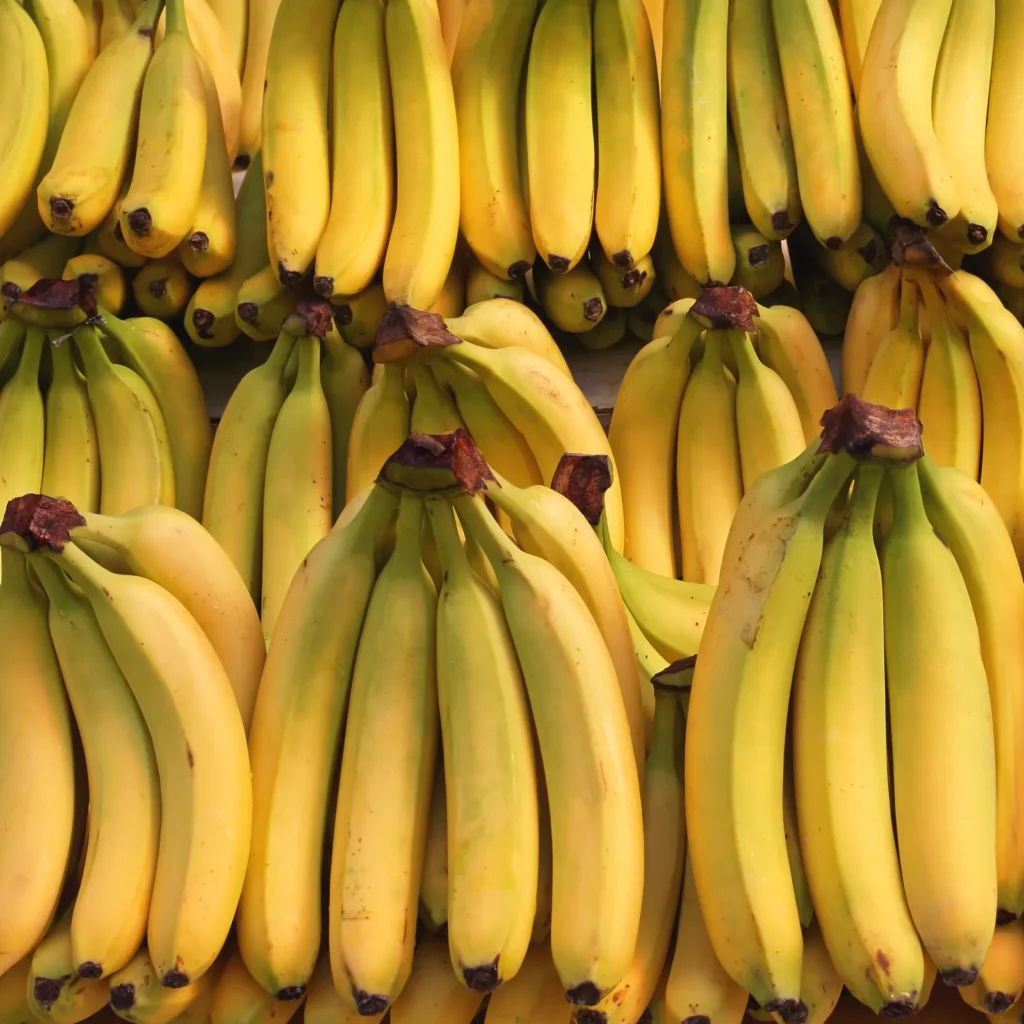
Despite their popularity, bananas face significant agricultural challenges:
- Panama Disease (Fusarium Wilt TR4): A fungal disease threatening banana crops globally, particularly the widely grown Cavendish variety.
- Climate Change: Shifting rainfall patterns, heatwaves, and droughts can reduce yields and spread pests.
- Labor Issues: Low wages and poor working conditions plague the banana export industry in some regions.
Many countries are addressing these challenges through better disease management, genetic research, and the promotion of sustainable farming practices.
Conclusion
When it comes to global banana production, India stands as the undisputed leader, producing over 34 million metric tons annually — a staggering quarter of the world’s total. Its ideal climate, year-round harvests, vast farmlands, and high domestic demand have secured its top position for decades.
While India reigns in production, Ecuador dominates global exports, with significant contributions from China, Indonesia, Nigeria, and Brazil.
As bananas continue to be one of the world’s favorite and most important fruits, these countries will remain central players in sustaining global supply, tackling agricultural challenges, and shaping the future of this vital crop.

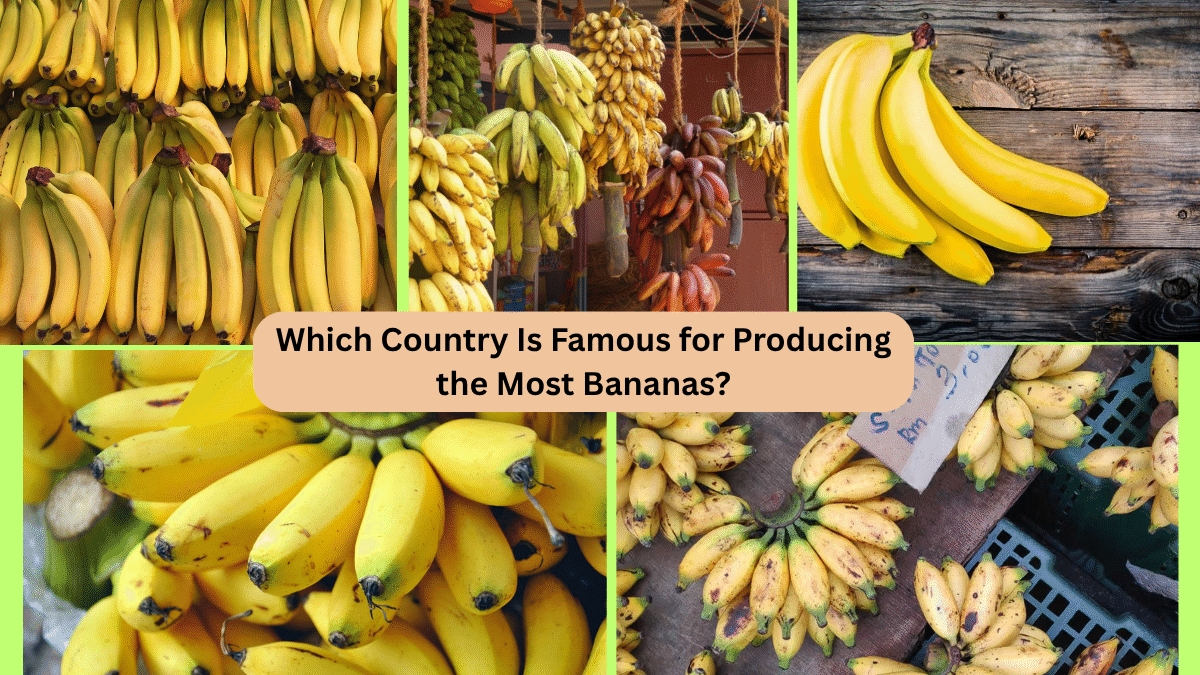



Leave A Comment